You can find animals like ants and squirrels everywhere. But do you know what you won’t see, no matter how hard you search? Well, you’re about to find out. Here are the 18 rarest animals in the world and the unique places you’ll find them.
Golden Snub-Nosed Monkeys
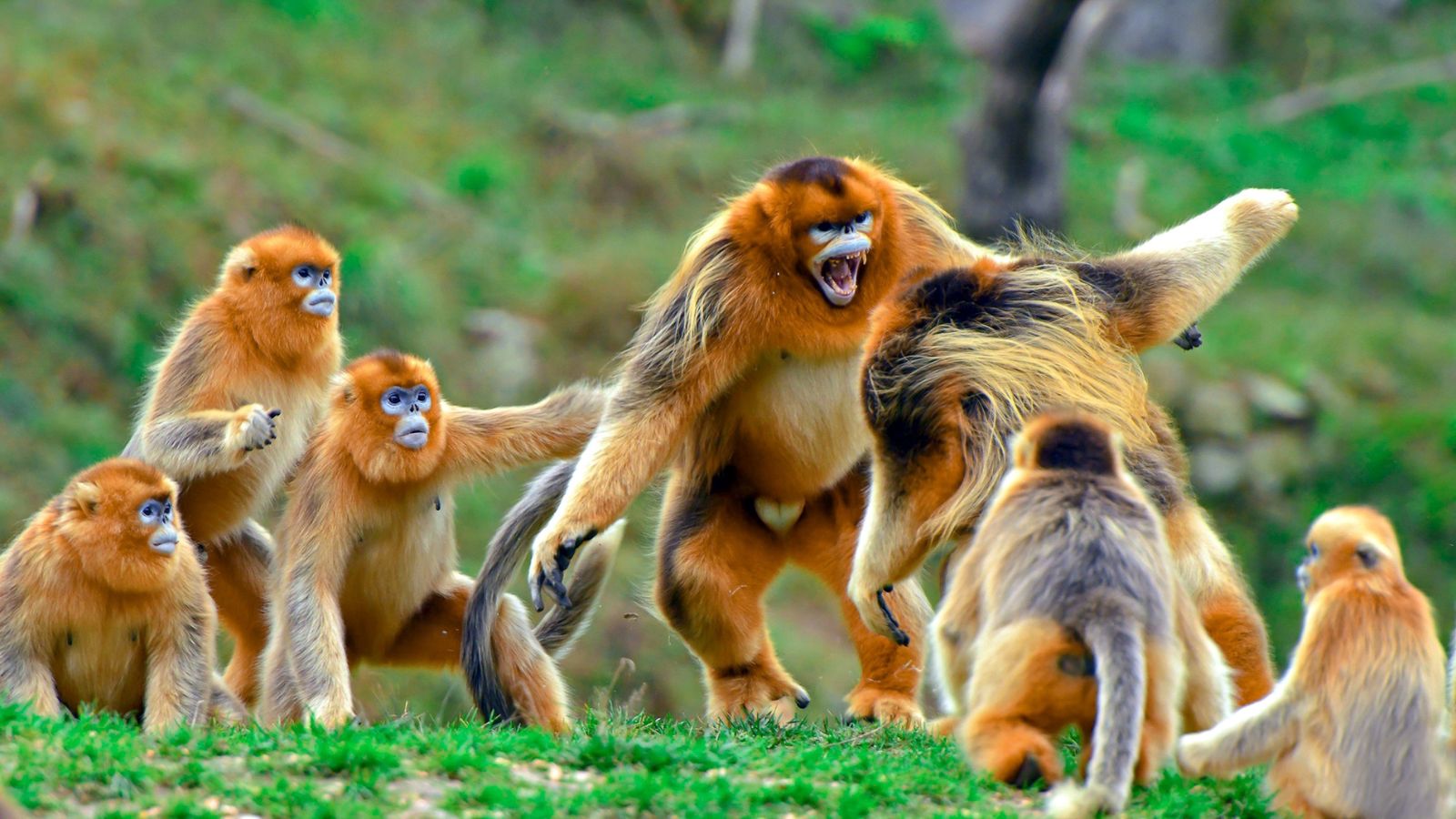
Made distinct by its golden fur and blue face, the golden snub-nosed monkey is a primate endemic to the mountainous forests along the Tibetan plateau in southwestern China. These creatures live most of the year at elevations as high as 13,000 feet, and they’re currently endangered by habitat loss and poaching.
Okapis
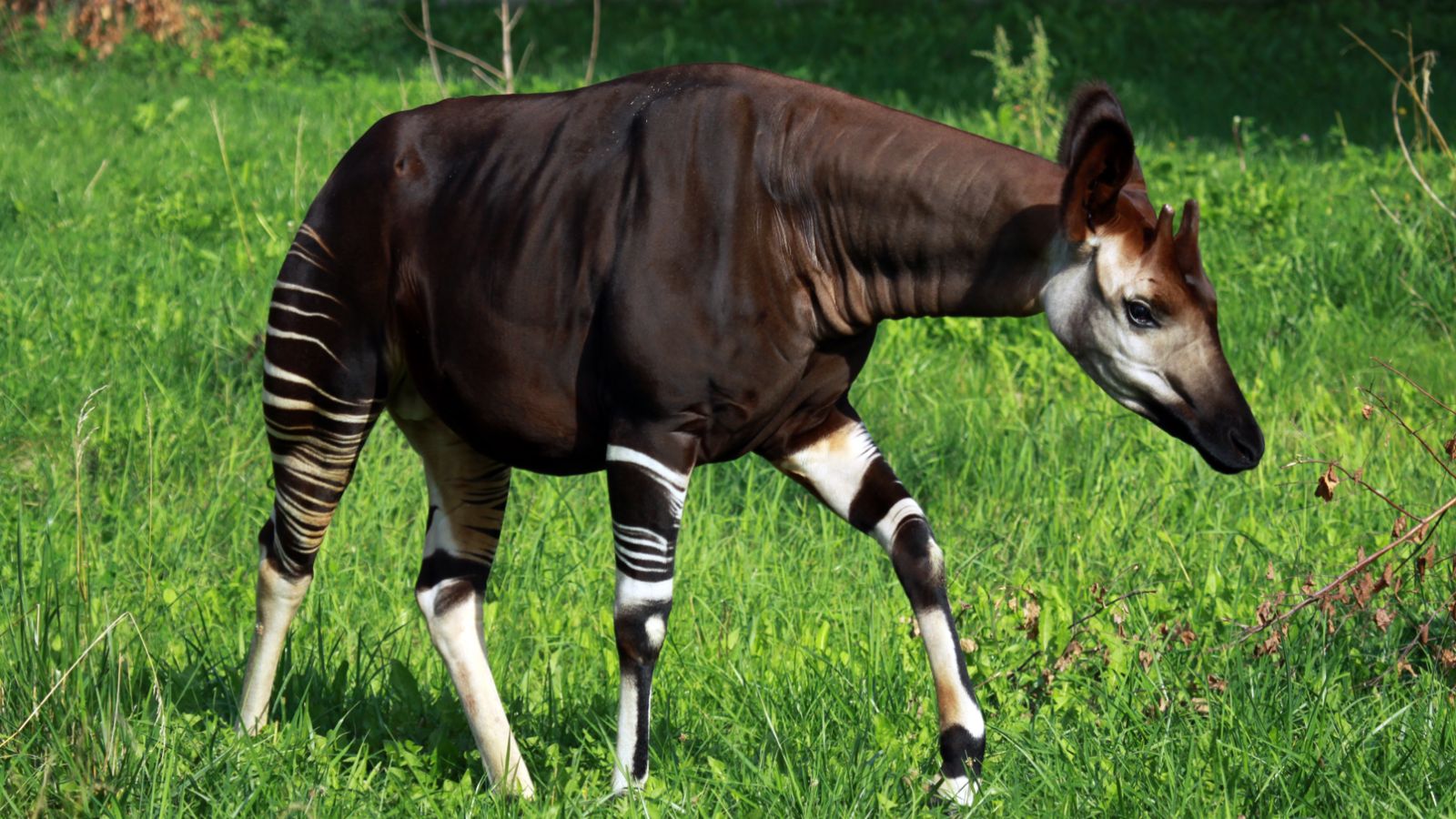
National Geographic shares that the okapi is only found in the Ituri rainforest in the northwestern region of the Democratic Republic of Congo. What’s more, they’re the only relatives of giraffes in the world, even though they’re mistaken to be members of the zebra family.
Komodo Dragons
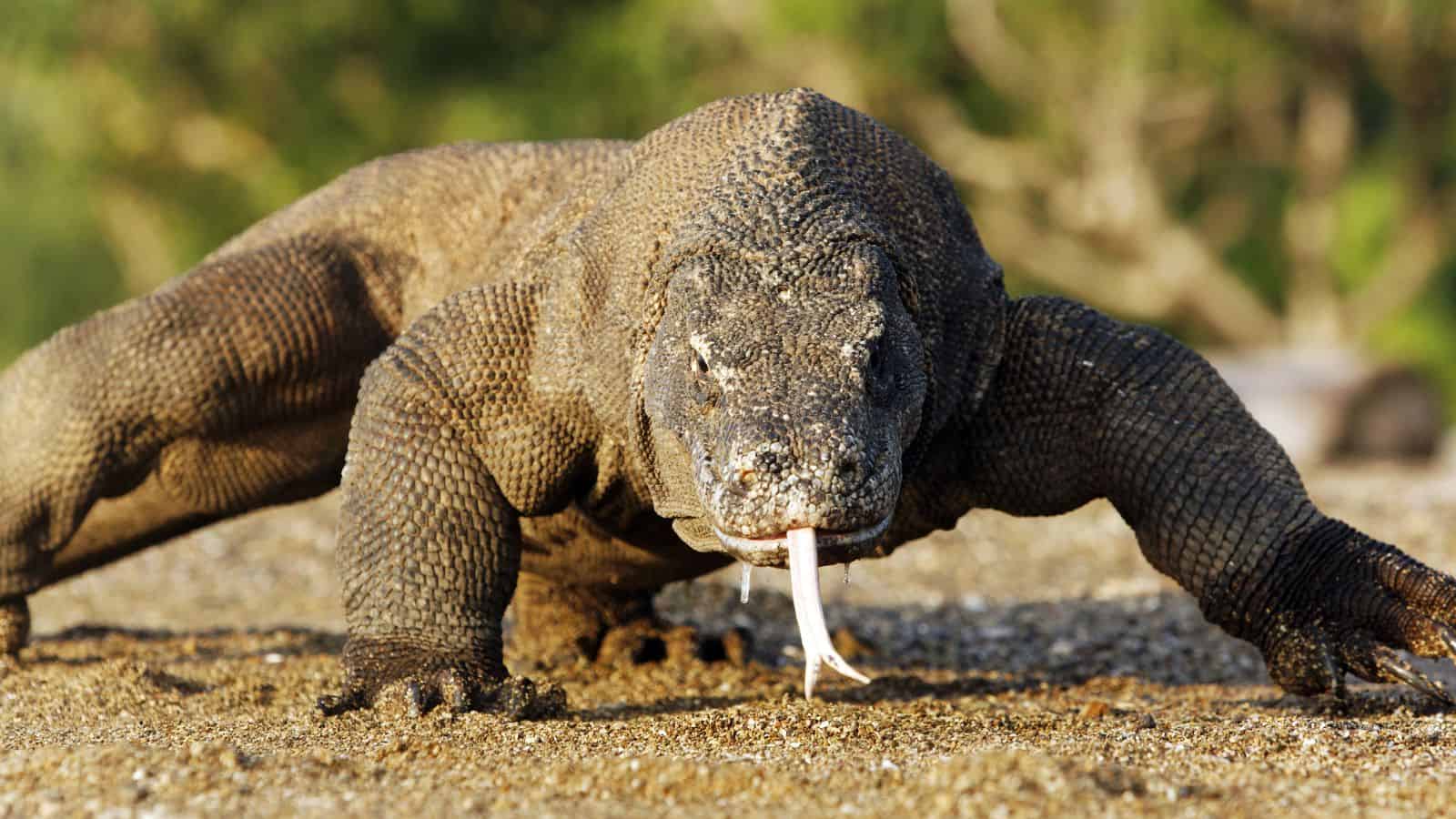
Before the 1970s, Komodo dragons lived in places as far away as Australia. Today, sadly, you’ll only find them in the wild in Indonesia’s Komodo National Park (KNP)—specifically on the Islands of Komodo, Rintja, Padar, and Flores. Only 6,000 of these lizards, which are the largest on earth, survive today.
Tamaraws
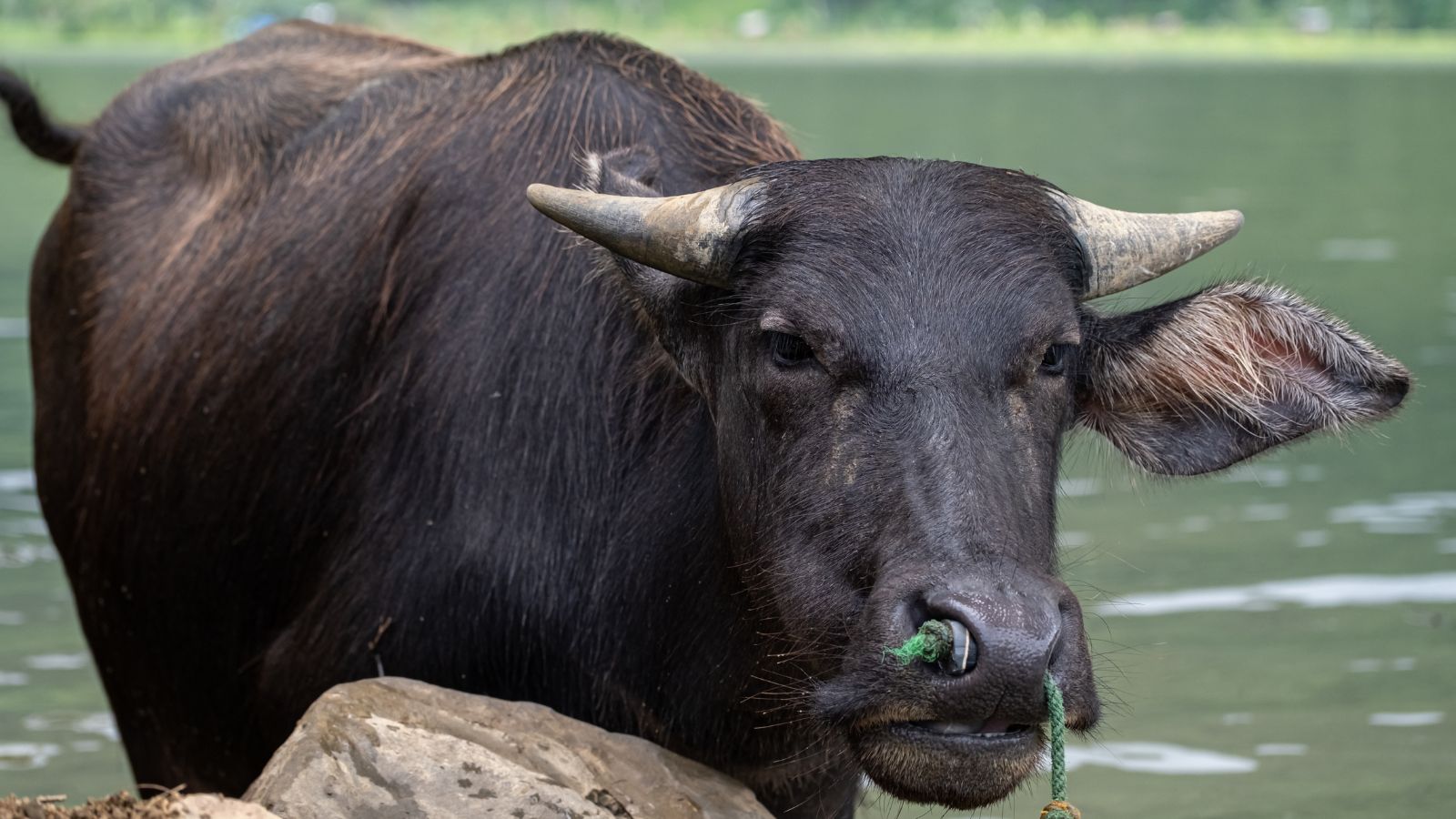
The tamaraw is a species of buffalo only found in Mindoro, an island in the Philippines. This is where it gets its alternative name, ‘Mindoro dwarf buffalo.’ These small, stoutly built buffalos with a v-shaped horn are considered critically endangered, as only about 500 live in the wild today.
Aye-Ayes
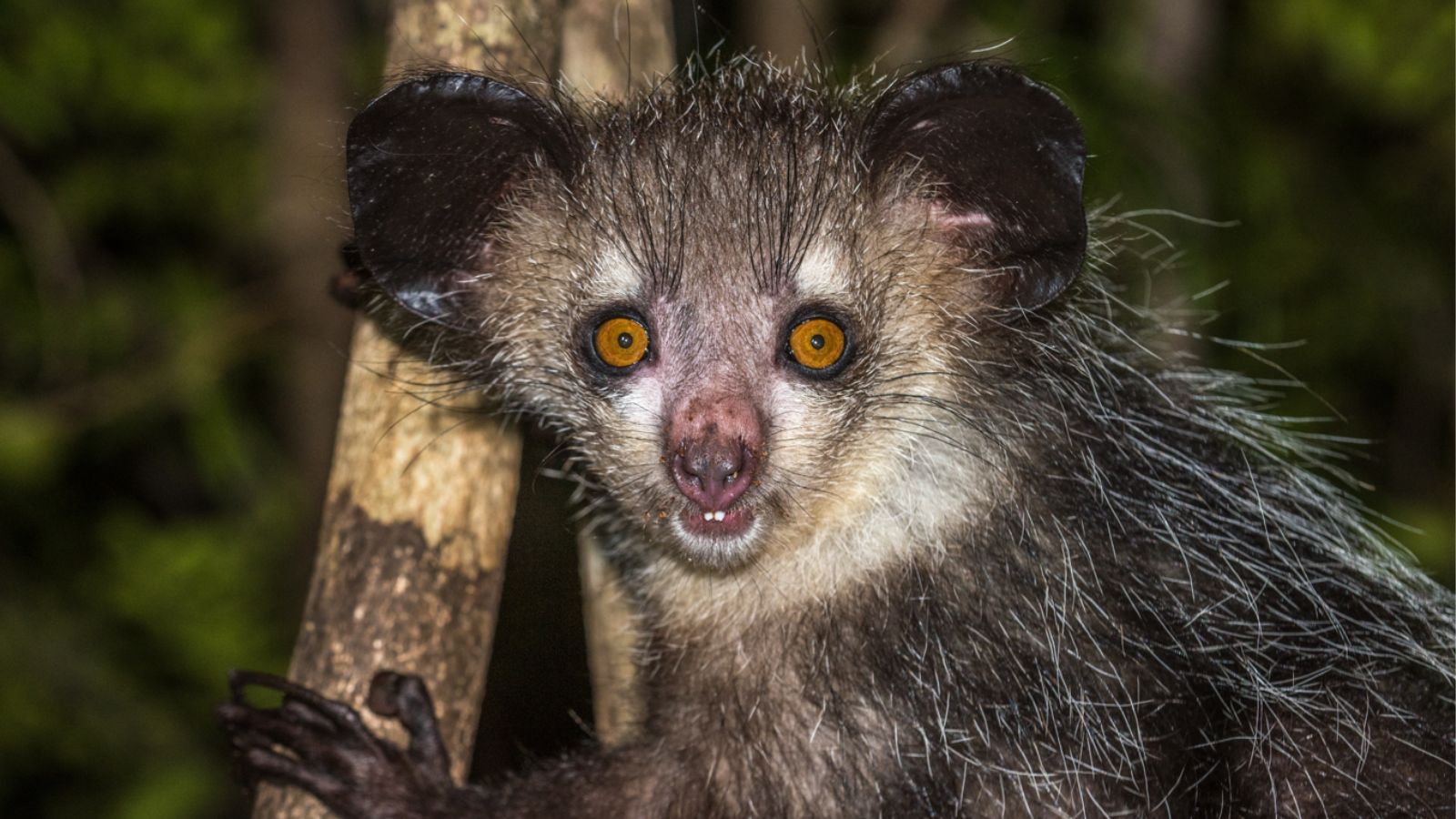
Aye-Ayes are lemurs found only in the tropical and subtropical forests of Madagascar. They’re instantly recognized by their orange eyes and long middle fingers, which they use for nocturnal foraging. The appearance of the aye-aye is so weird that locals kill them because of superstitious beliefs. This has endangered them, with only about 1,000 remaining.
Vaquitas
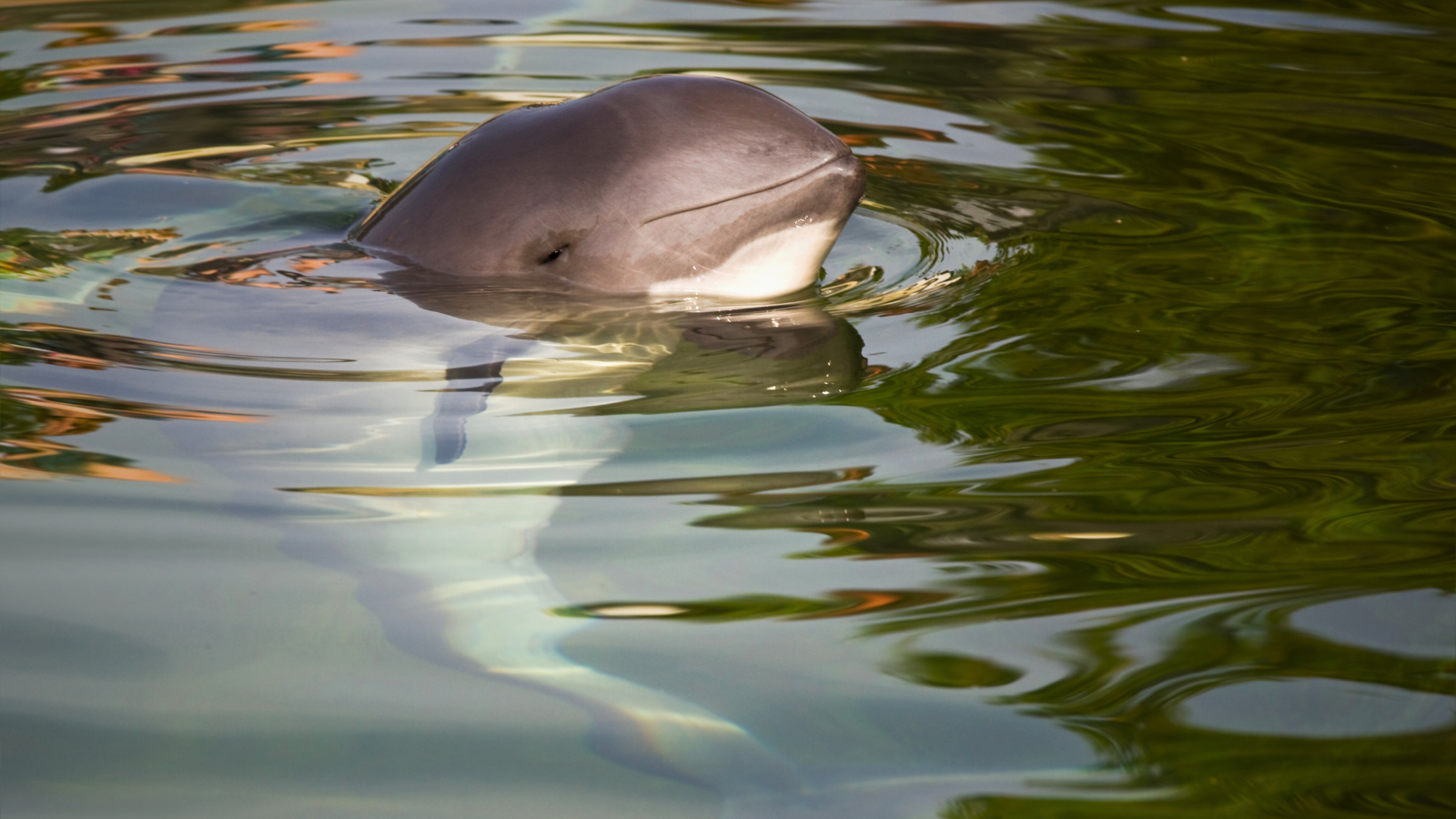
With the vaquita, we have the world’s smallest and most endangered cetacean, only typically found in the northern area of the Gulf of California. These porpoises are characterized by their beakless faces (which makes them appear like they’re always smiling), and the NOAA says that there are only about ten left on Earth.
Galápagos Penguins

As its name suggests, the Galápagos penguin is found only on the Galápagos islands of Isabela and Fernandina (and sometimes Floreana, Santiago, and Bartolome). It’s the only penguin species found at the north end of the equator, and its population is currently threatened by climate change and human activities.
Pygmy Three-Toed Sloths
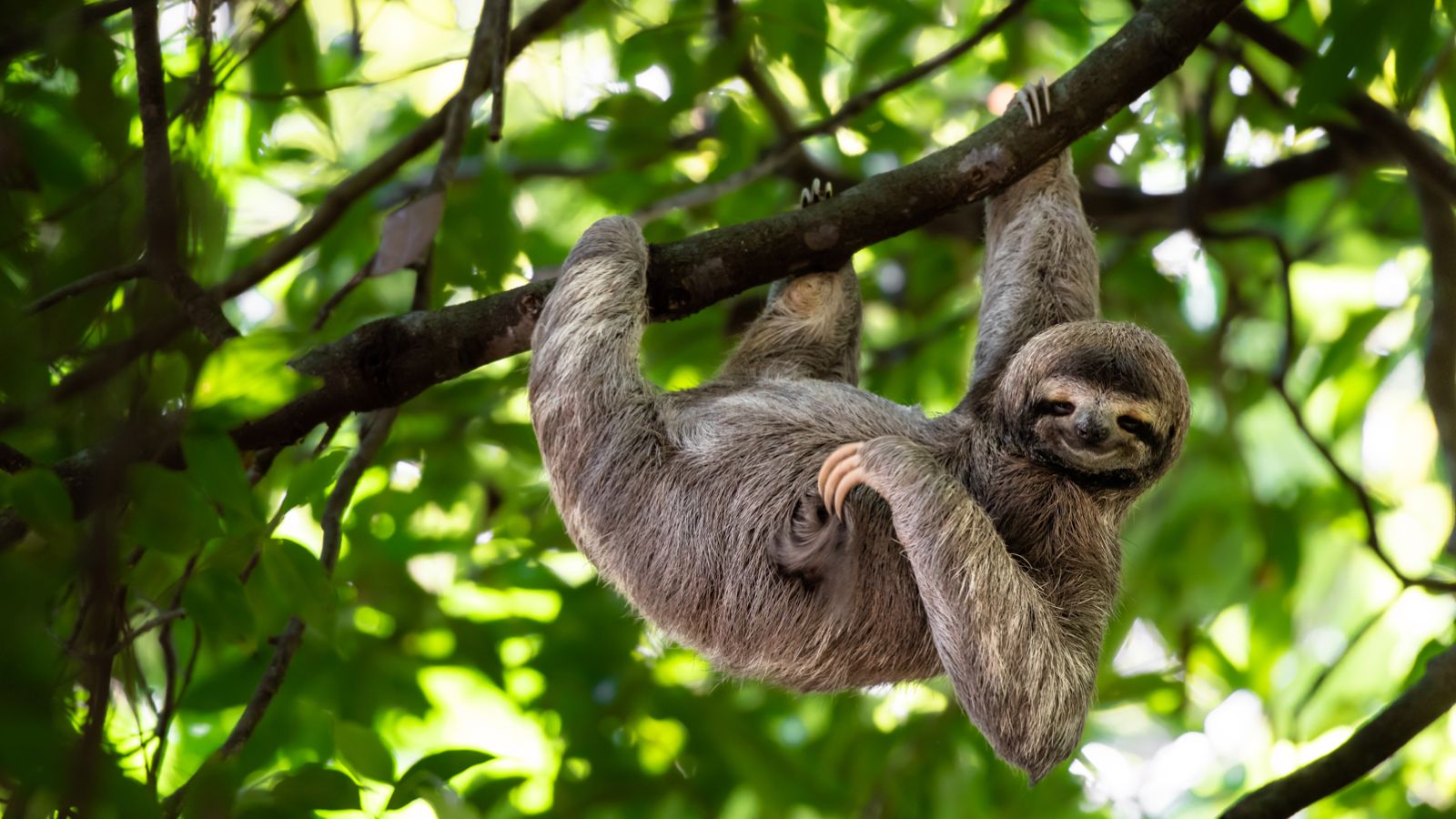
The pygmy three-toed sloth is a critically endangered species found only on Isla Escudo de Veraguas, a small island off the coast of Panama. Also called the monk sloth or dwarf sloth, it has lived isolated from the mainland for over 9,000 years and is the smallest species of sloth in the world.
Fernandina Tortoises

Another animal from the Galápagos Islands, the Fernandina tortoise, is arguably the rarest creature on our list. This giant tortoise is only found on the Island of Fernandina, and before 2019, we learned from Princeton University that only one had been seen—as far back as 1906. Only one named Fernanda still lives today.
Golden Poison Frogs
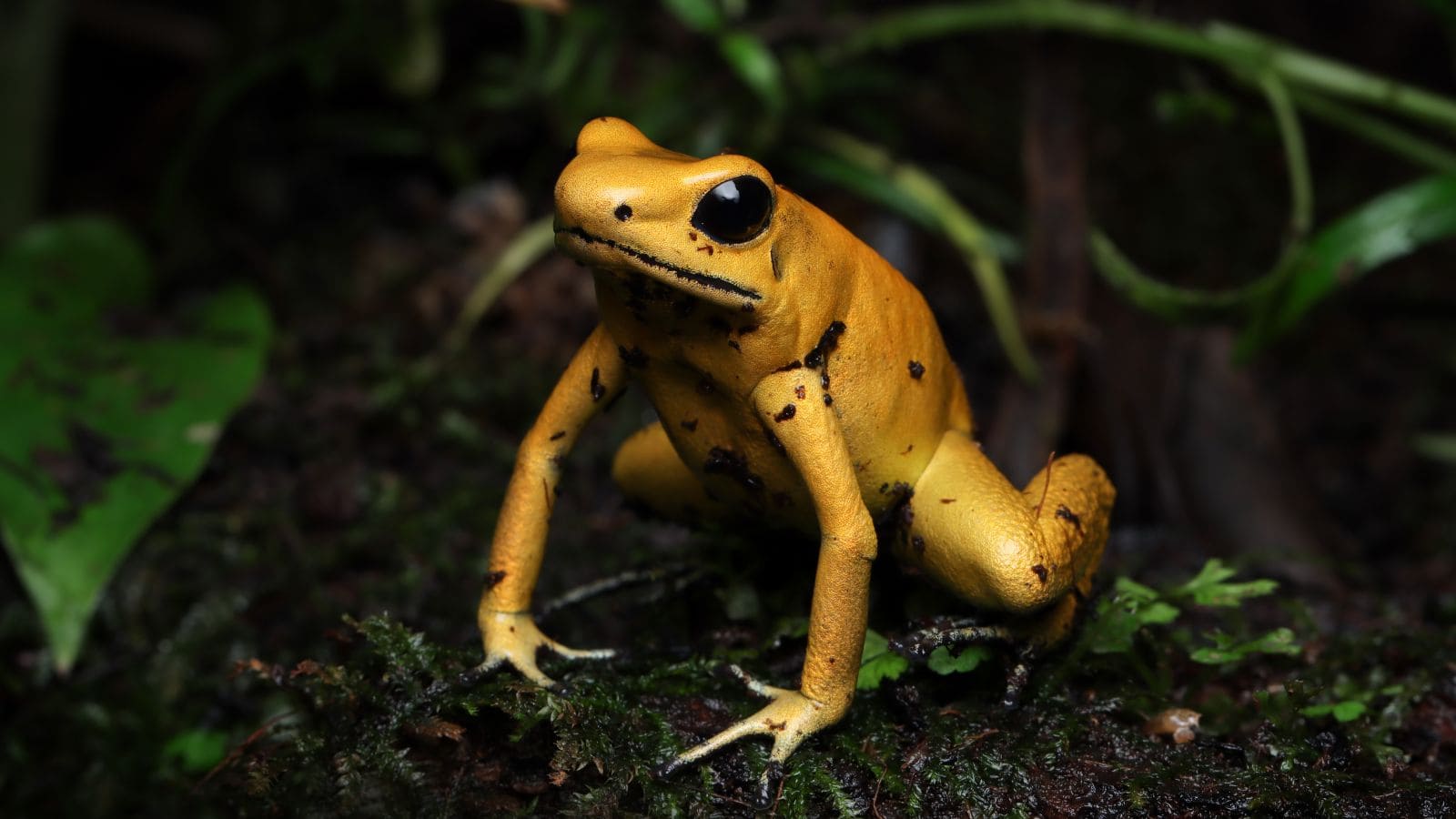
The golden poison frog only appears in a small area in the rainforests on Colombia’s Pacific coast. It’s a critically endangered, protected species that’s also one of the most poisonous animals in the world. Its skin is said to contain enough poison to kill ten humans.
Javan Rhinos
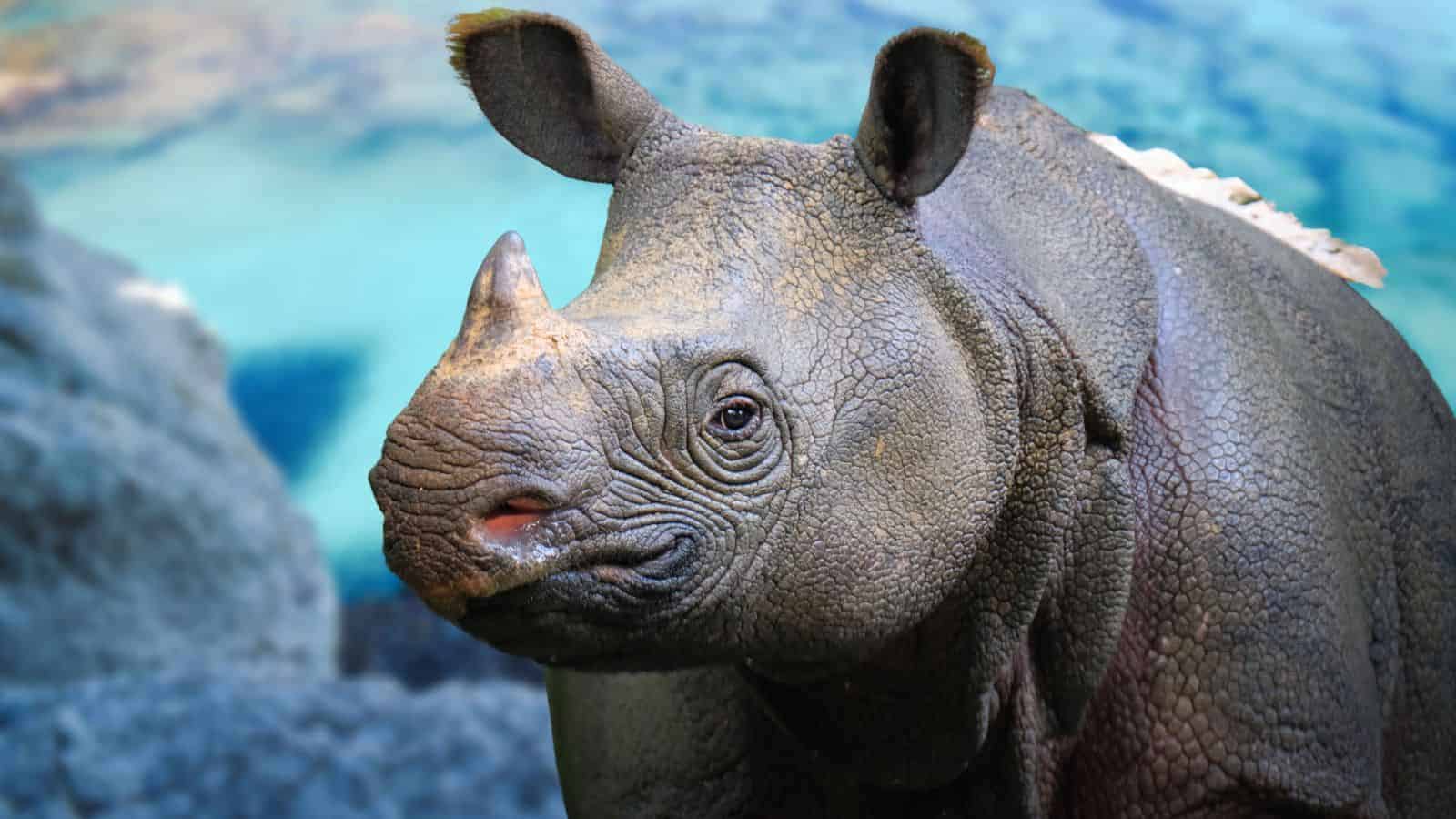
With only about 76 individuals living today, the Javan rhino is a critically endangered animal exclusively found (and protected) in the Ujung Kulon National Park in Java, Indonesia. It has a single horn and is the most threatened extant rhino species, and it can be found in forests and mountainous areas.
Proboscis Monkeys
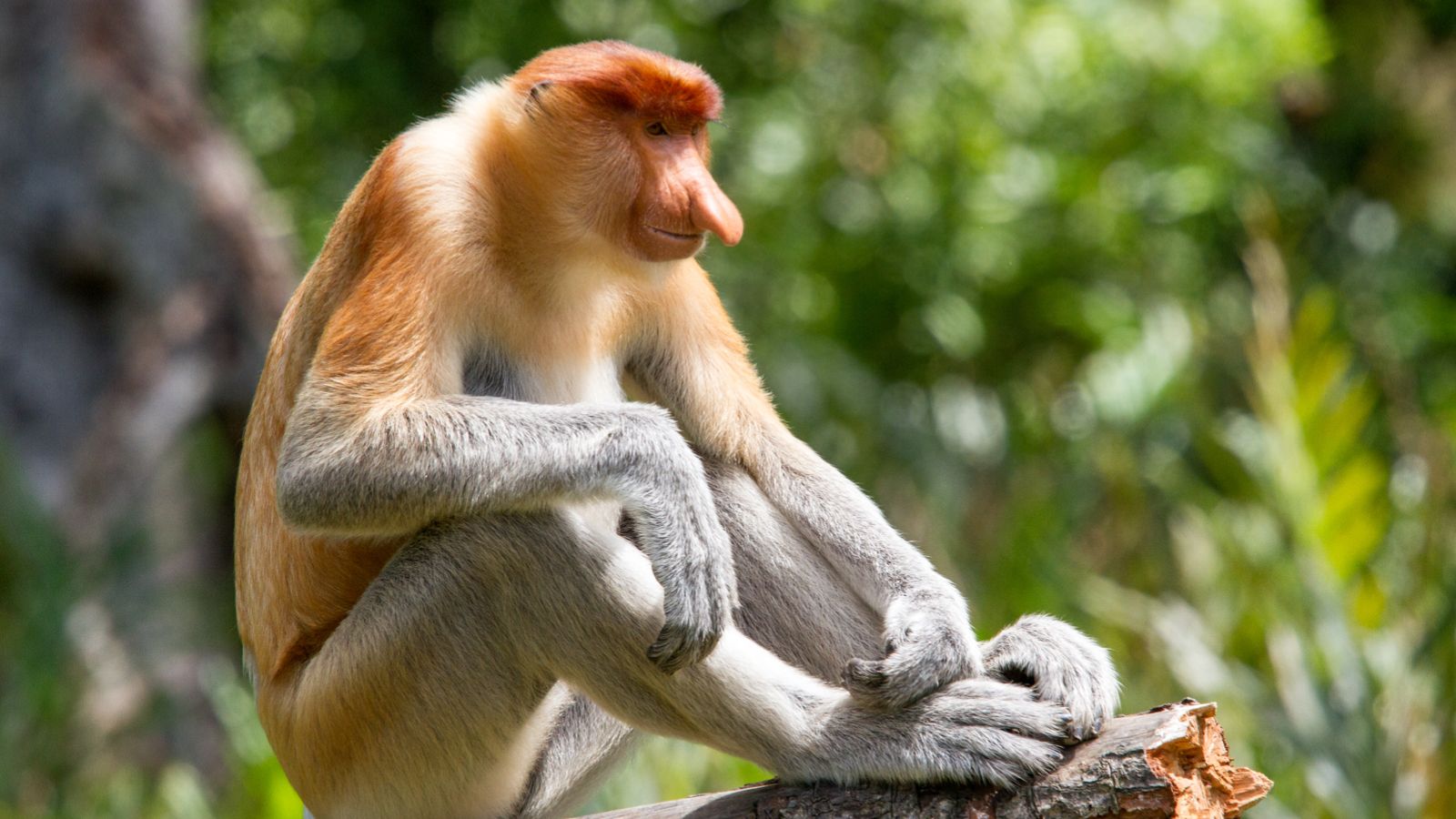
Proboscis monkeys are some of the most unique monkeys you’ll see, as they’re instantly recognizable by their huge noses. These animals are only found on the island of Borneo. The WNPRC further tells us that they’re typically concentrated in coastal regions, where they feed on leaves, seeds, and unripe fruits.
Hainan Gibbons
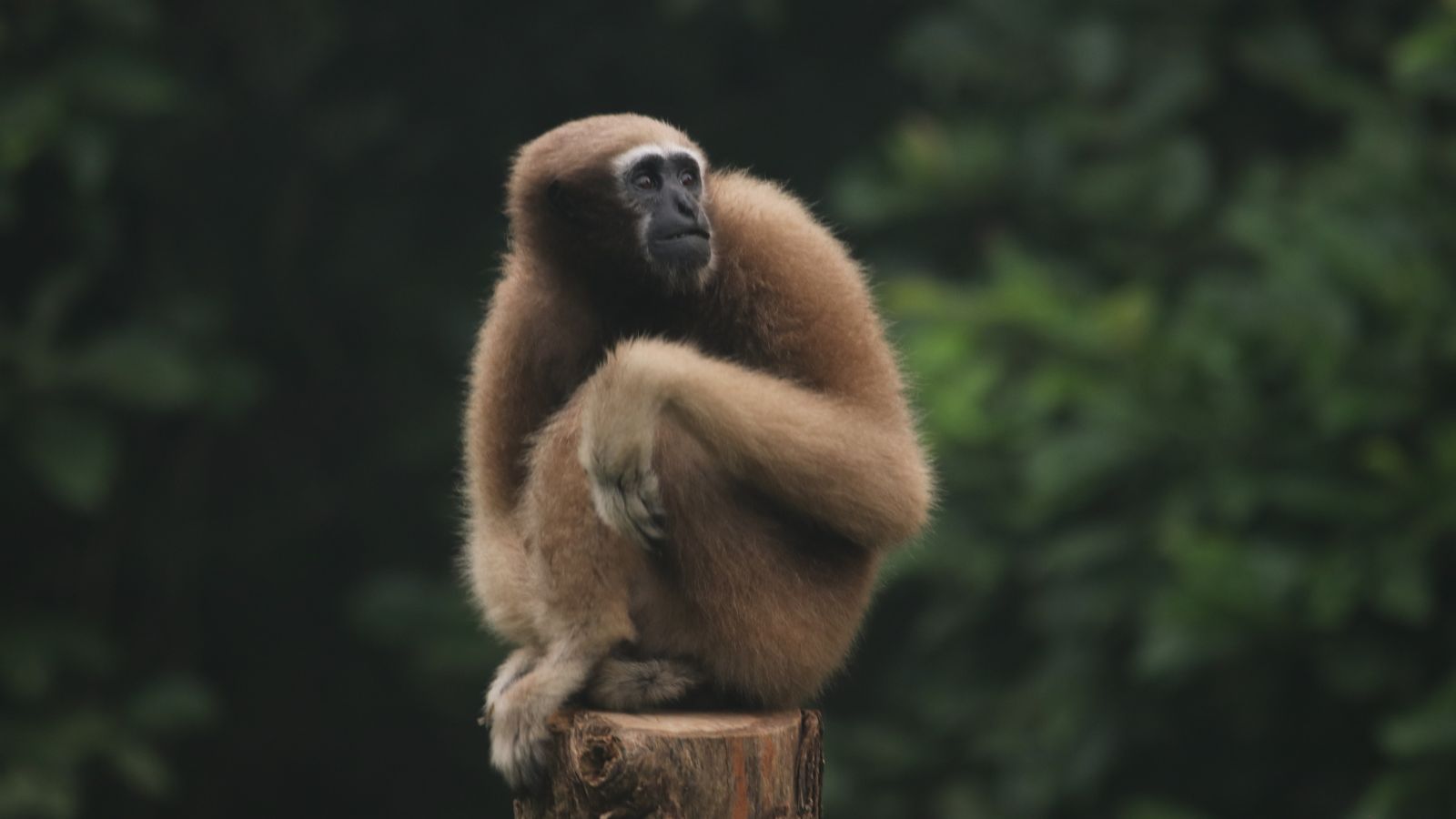
The Hainan gibbon is another monkey only found in China, this time on Hainan Island, the country’s southernmost province. They’re the world’s rarest apes, with only about 37 individuals living in the wild today, and their population is specifically threatened by habitat loss and poaching.
Sumatran Orangutans

Sumatran orangutans are highly intelligent primates that were once healthily distributed across the island of Sumatra and some parts of Java. However, due to deforestation, their numbers are dwindling, and they’ve now become restricted to the northern parts of the island, specifically North Sumatra and Aceh.
Northern Bald Ibises
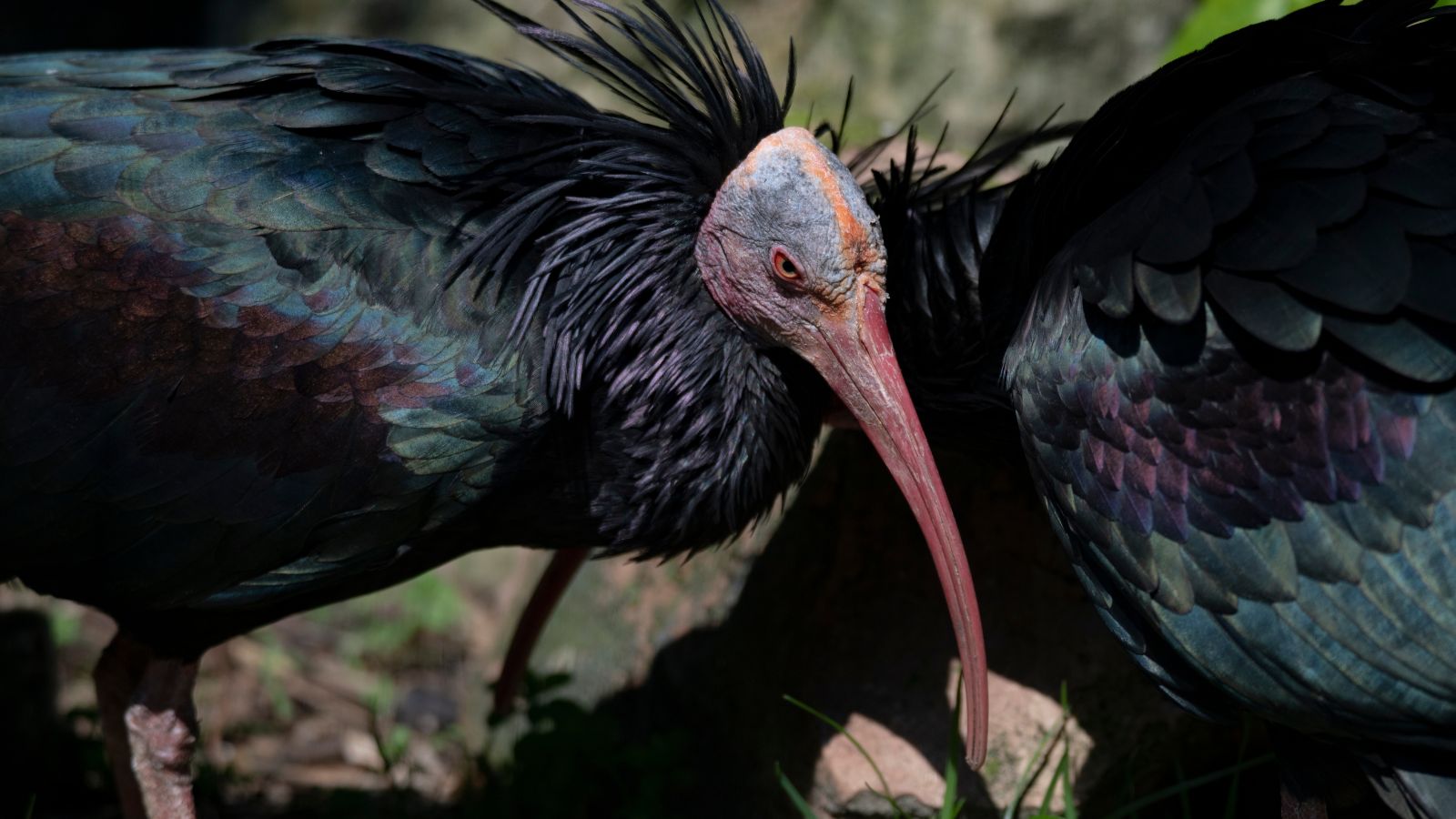
The northern bald ibis can only be found in Morocco (and mostly in the Souss-Massa National Park). Only 140 of these migratory Old World birds, recognizable by their bald heads and curved beaks, are left in the wild. They’re also worshiped in some Middle Eastern cultures.
Giant Pandas
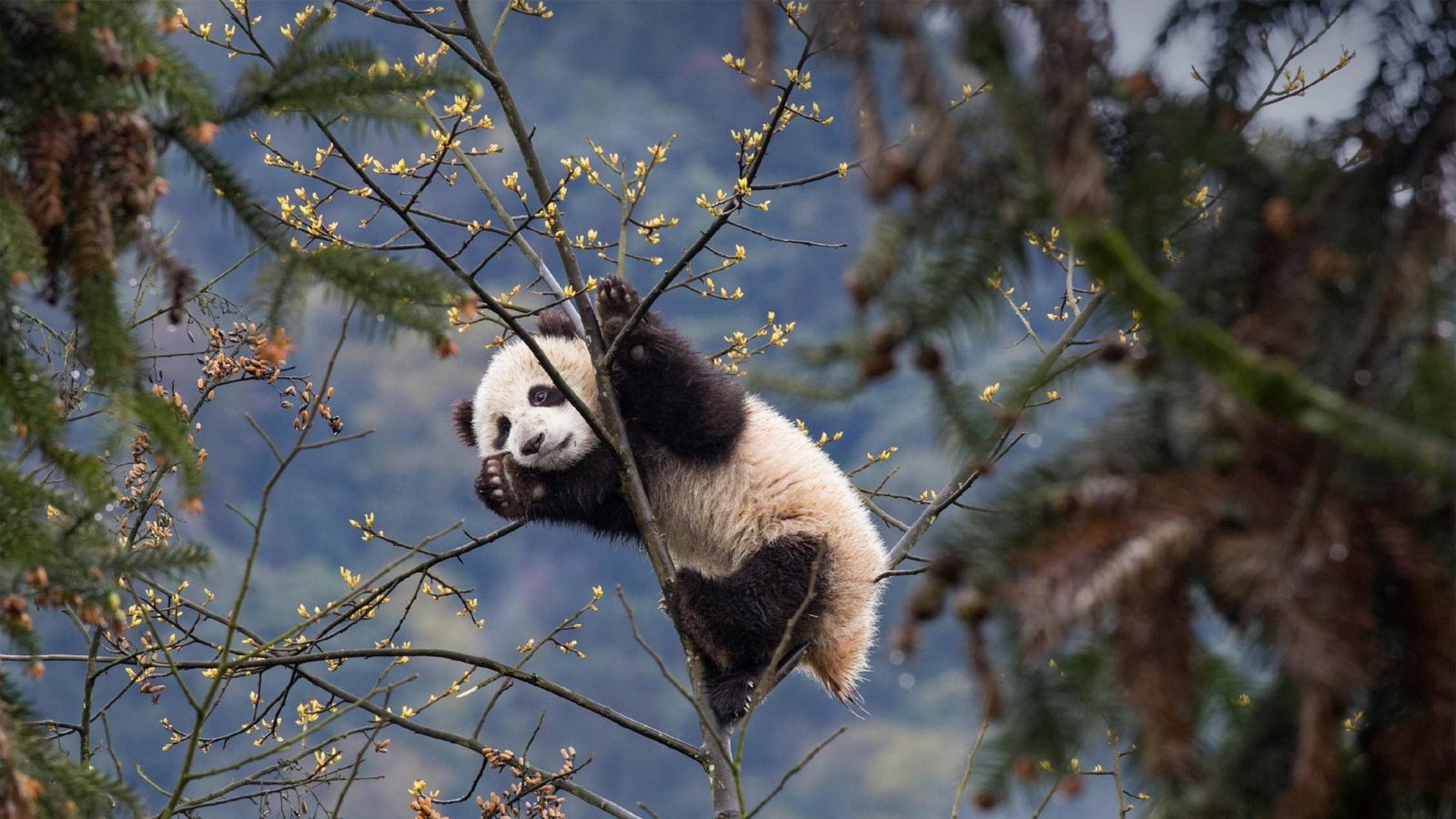
The giant panda is endemic to the central mountainous regions of China, particularly the provinces of Sichuan, Shaanxi, and Gansu down south. They’re restricted to this area because of their diet. Giant pandas need to eat up to 38 kg of bamboo to meet their daily nutrient requirements, and central China is the most suitable place to support this.
Madagascar Pochards
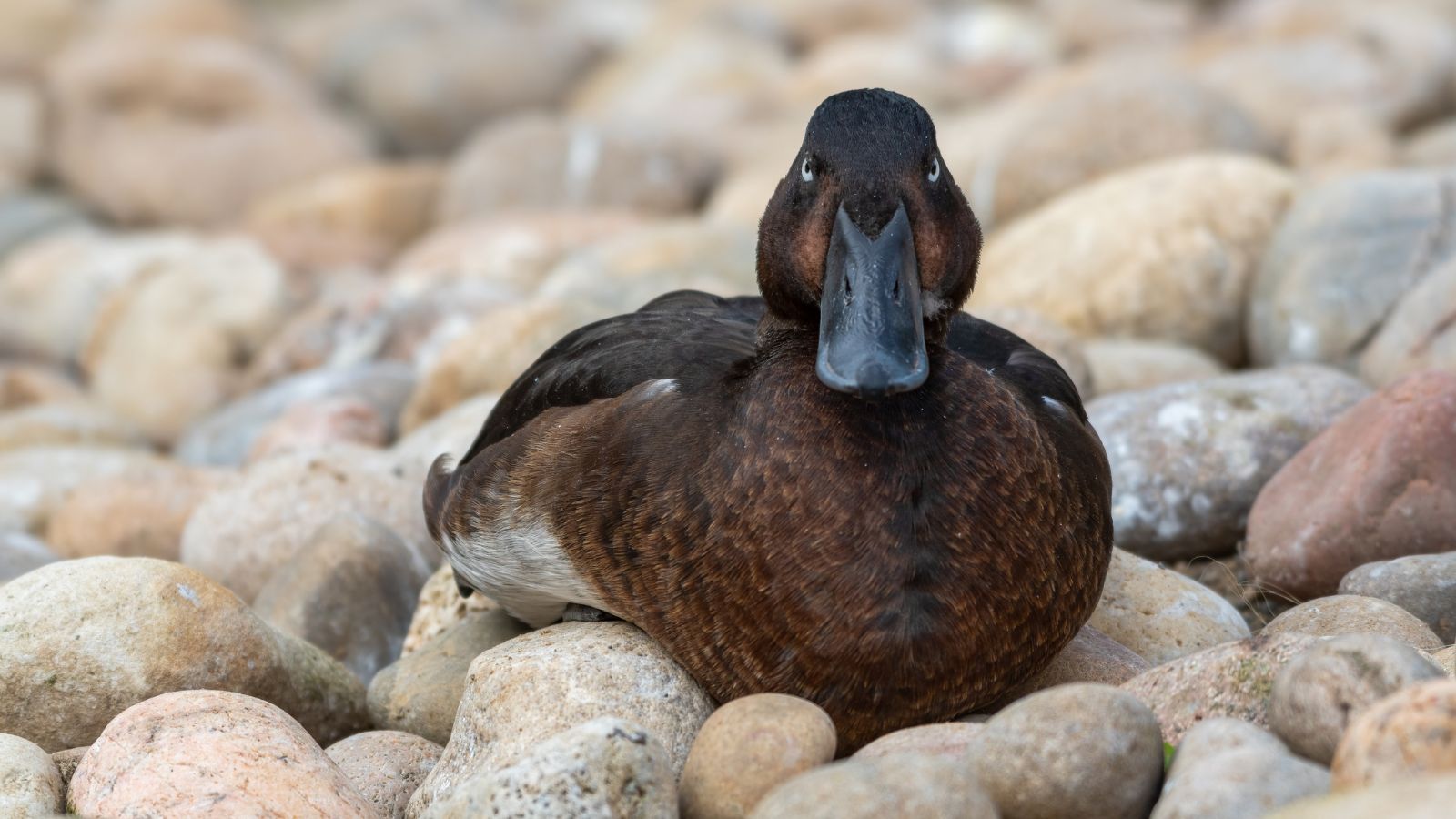
The BBC deems the Madagascar pochard the rarest bird in the world. This duck species is found only around Madagascar’s Lake Sofia and Lake Matsaborimena. Less than 60 of these birds live in the wild today, and 94 are conserved at a facility in Antsohihy (also in Madagascar).
Kakapos

Endemic to Madagascar, where two separate populations are kept and closely monitored on predator-free islands, the kakapo is almost as rare as the pochard. There are less than 250 of these large, ground-dwelling parrots surviving today, and their owl-like faces and green feathers give them the names ‘owl parrot’ and ‘moss chicken.’
Up Next: 17 Commonly Believed Myths About The Wild West That Are Actually False

The Wild West was a peculiar place to live in, for sure. But are the stories of gunslinging cowboys and superhero sheriffs true? Here are 17 myths about the Wild West you should stop believing today.
17 COMMONLY BELIEVED MYTHS ABOUT THE WILD WEST THAT ARE ACTUALLY FALSE
18 Signs Someone Has a Personality Disorder

Personality disorders are underdiagnosed because they’re often misconceived as people ‘being difficult.’ Society also tends to focus more on the symptoms of anxiety and depression that accompany personality disorders, neglecting the other signs. To promote understanding, here are 18 signs someone isn’t being difficult but has a personality disorder.
18 SIGNS SOMEONE HAS A PERSONALITY DISORDER
20 Reasons Why Older Couples Are Ending Their Relationships

As our society modernizes and normalizes separation for couples who feel unhappy or stagnated, even older couples are choosing to end their marriages in greater numbers. While staying “till death do us part” and spending your golden years with a life-long partner may be more traditional, here are 20 reasons why older people might now be choosing divorce instead.
